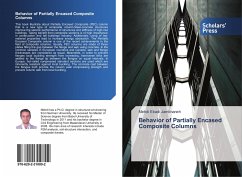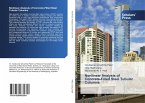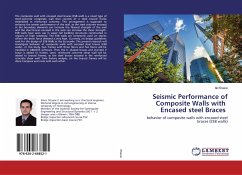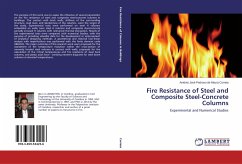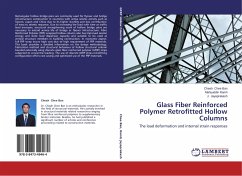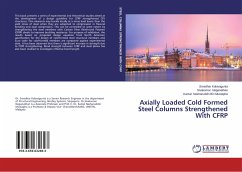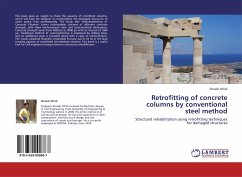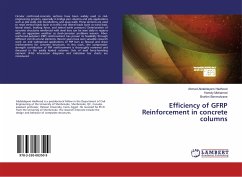This book illustrate about Partially Encased Composite (PEC) column that is a new type of composite column.Steel-concrete structures improve the seismic performance of structures and stiffness of high-rise buildings. Taking benefit from composite sections is of high importance in construction and tall buildings industry. Additionally, using of two material properties lead to increase energy absorption. The Partially Encased Composite column is one of the recent achievements in the field of composite columns. Usually, PEC columns are made of three plates filling the gap between the flange and web using concrete. In the common samples in European countries and Canada, web and flange thicknesses are considered as equal. Meanwhile, in order to prevent flanges local buckling strength from increasing, transverse links are welded to the flange tip between the flanges on equal intervals. In Europe, hot-rolled compressed standard sections are used which are inherently resistant against local buckling. The concrete cast between the flanges both provide the column axial compressing strength and prevent column web from local buckling.
Bitte wählen Sie Ihr Anliegen aus.
Rechnungen
Retourenschein anfordern
Bestellstatus
Storno

